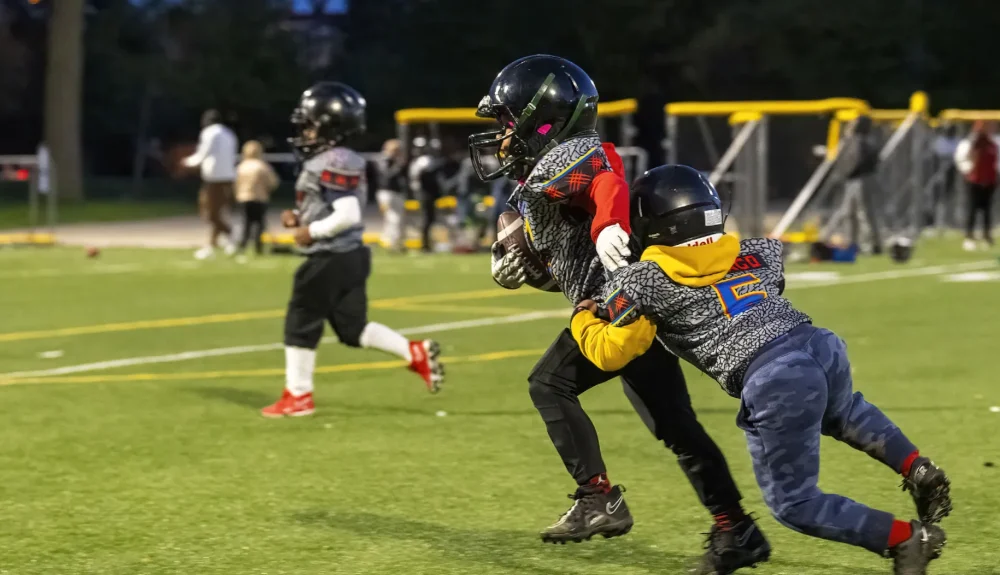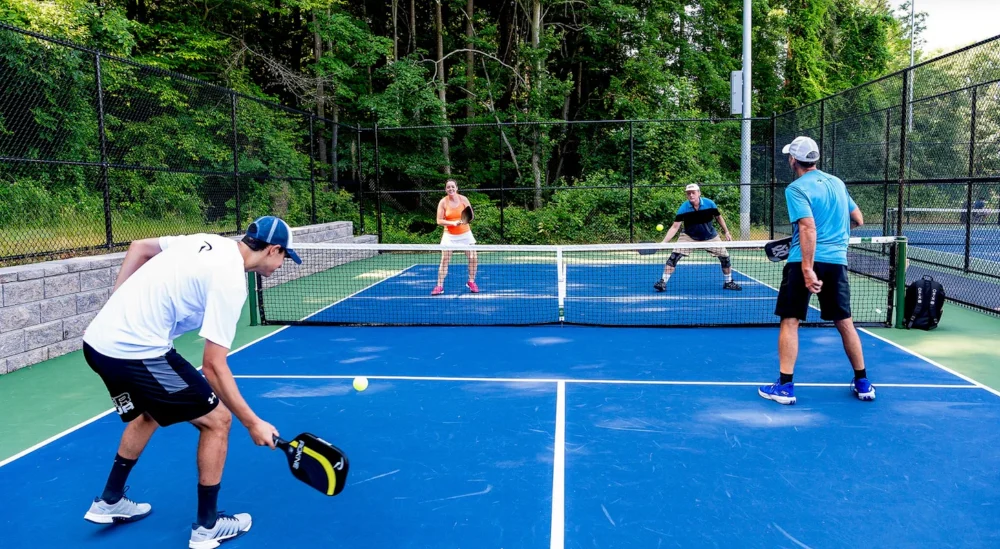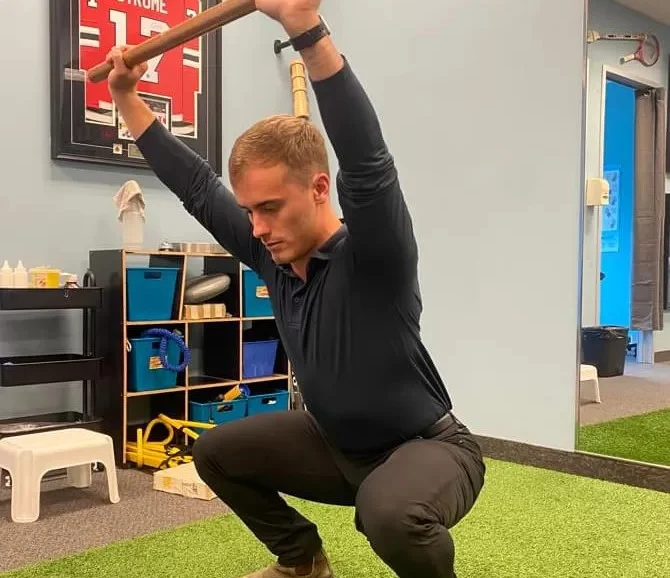When it comes to staying injury-free, athletes often focus on building strength, improving endurance, or honing technique. While these elements are undeniably important, one crucial aspect often gets overlooked: mobility. As physiotherapy services patients in Burlington have shown, the impact of mobility (or the lack thereof) can be seen every single day. The ability to move well can be the difference between peak performance and an untimely injury. So, what’s mobility got to do with keeping you off the sidelines? More than you might think.
What is Mobility, and Why Does it Matter?
Mobility refers to your joints’ ability to move freely through their full range of motion while maintaining control. It’s often confused with flexibility, but the two are not the same. Flexibility is about how far a muscle can stretch, whereas mobility includes strength, control, and coordination through movement.
Think of it this way: a gymnast needs both flexibility and mobility. They must have flexible hamstrings to perform a split, but mobility is what allows them to control their legs while executing complex maneuvers. The same principle applies to all athletes. Whether you’re sprinting, lifting, or swinging a racket, your body needs to move efficiently and without restriction.
Mobility as an Injury Shield
One of the biggest benefits of mobility is injury prevention. Stiff joints and tight muscles force other parts of the body to compensate, often leading to strain and overuse injuries. Take a stiff hip, for example. If your hip can’t flex or rotate smoothly during a sprint or a sudden pivot, other areas—such as your knee or lower back—may take on extra stress, increasing the likelihood of a strain, sprain, or even a more serious ligament tear.
Research supports this. A 2021 study published in the Journal of Sports Medicine found that athletes with restricted hip mobility were 2.5 times more likely to suffer lower-body injuries compared to those with normal mobility. The chain reaction caused by limited movement in one joint can have long-term consequences, including chronic pain and recurrent injuries. This is why our experienced physiotherapists from the Burlington clinic emphasize the importance of mobility work in injury prevention.
How Poor Mobility Affects Different Sports
Every sport demands a certain degree of mobility. Here are some examples of how poor mobility can contribute to injuries in different athletic activities:
- Tennis & Basketball: When a tennis player lunges for a wide shot or a basketball player cuts quickly to avoid a defender, ankle mobility plays a huge role. Limited range of motion in the ankles makes it difficult to land safely and push off with power, leading to an increased risk of ankle sprains and knee injuries.
- Swimming: Shoulder mobility is crucial for swimmers. A stiff or restricted shoulder can lead to improper stroke mechanics, resulting in overuse injuries like rotator cuff strains or swimmer’s shoulder (impingement syndrome).
- Running & Soccer: Hip mobility affects stride length, balance, and stability. When hips are tight, runners and soccer players often experience issues like IT band syndrome, Achilles tendonitis, or hamstring strains.
- Weightlifting & CrossFit: Squats, deadlifts, and Olympic lifts all require a good range of motion in the ankles, hips, and shoulders. Without proper mobility, lifters compensate with poor form, increasing the risk of knee pain, lower back injuries, and shoulder impingements.
A 2019 review in Sports Health even linked poor mobility to higher ACL tear rates in soccer players. With so much evidence pointing to the role of mobility in injury prevention, it’s clear that this should be a fundamental part of every athlete’s training routine.
Mobility Enhances Performance
Beyond injury prevention, mobility contributes to athletic performance in a big way.
- Increased Power and Strength: Joints that move freely allow for better movement mechanics. For instance, deeper squats (thanks to good hip and ankle mobility) engage more muscle fibers, leading to greater strength and power output.
- Better Movement Efficiency: When mobility is limited, your body compensates with inefficient movement patterns. This leads to unnecessary energy expenditure, which can cause fatigue to set in sooner. Efficient movement helps conserve energy, improving endurance.
- Improved Recovery: Mobility work enhances circulation and reduces muscle stiffness after training sessions or games. This means faster recovery times and less soreness.
How to Improve Mobility
The good news is that mobility can be trained, just like strength or endurance. A few simple movements performed consistently can make a significant difference in your overall athletic performance and injury resilience. Here are some mobility drills that are particularly effective:
Daily Mobility Routine for Athletes
- Dynamic Lunges – Improve hip flexibility and control.
- Leg Swings – Enhance hip mobility and range of motion.
- Shoulder Circles & Dislocates – Promote better overhead movement.
- Ankle Dorsiflexion Exercises – Prevent ankle stiffness and improve balance.
- Thoracic Twists – Enhance rotational mobility for sports that involve turning (e.g., golf, baseball, hockey).
- Hip Openers (90/90 Stretch, Pigeon Pose) – Crucial for runners and lifters.
Consistency is key. Just five to ten minutes of daily mobility work can lead to noticeable improvements over time. Many athletes find it beneficial to incorporate these drills into their warm-ups or cooldowns.
Final Thoughts: Stay in the Game
Injury prevention isn’t just about avoiding the big hits or catastrophic injuries—it’s about moving smarter every day. Whether you’re a weekend warrior or a competitive athlete, integrating mobility exercises into your routine will pay off in longevity and performance. By keeping your joints healthy and mobile, you’re not just reducing injury risk—you’re setting yourself up to move better, train harder, and stay in the game longer.
If you’re unsure where to start or need a personalized mobility plan, our Burlington physiotherapy services are here to help. A customized approach can address individual imbalances and movement restrictions, keeping you performing at your best.
So, don’t let stiffness or poor mobility be the reason you sit out. Prioritize movement quality, and you’ll not only play—you’ll thrive. Ready to move better and hurt less? Drop by our clinic, or contact us and let’s get you back in action!


































